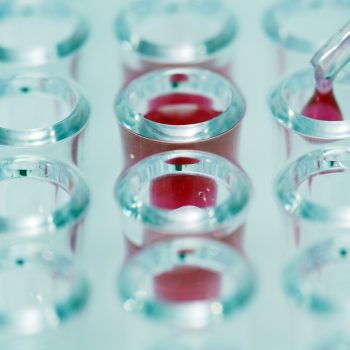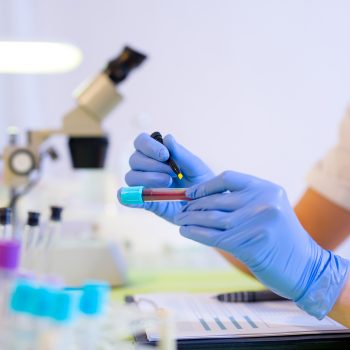Myelodysplasia, also known as myelodysplastic syndrome, affects about 3,000 patients over the age of 70 in Italy. It is a blood disease due as a result of the damage to one of the stem cells of the bone marrow as well as a deficiency of the blood cells. Damaged stem cells fail to produce an adequate amount of functional blood cells, resulting in a deficiency of red blood cells, white blood cells and/or platelets. In some cases, myelodysplastic syndromes are transformed into acute myeloid leukemia. We talked about it with Professor Matteo Della Porta, Head of section leukaemia and myelodysplasia in Humanitas and professor of haematology in Humanitas University.
Symptoms of myelodysplasia
“The most relevant symptoms that manifest themselves at the beginning of this blood disease are the anemia, which is present in all patients and which is a cause of fatigue, lack of physical resistance, tachycardia and leg cramps, the platelet disease that can cause bleeding and the leukopenia that can cause recurrent infections – explained the specialist -. In more advanced stages the disease affects the functionality of different organs, such as the heart and the circulatory system in the first place, generating additional complications that reduce the life expectancy of patients”. At the clinical level we range from patients who have the same life expectancy as the general population of the same age, to cases that, however, have a very rapid evolution in acute leukemia in a few months. Every patient therefore needs very specific and timely care and therefore the development of paths of diagnosis, therapy and health care must be very specific”.
Prevention and targeted treatments
“Nowadays the contrast to the disease is characterized by two different levels of approach – explained Della Porta -: the one concerning patients whose main problem is bone marrow failure with low risk of leukemic progression, where therapeutic efforts must be directed to the correction of anemia. In 20-25% of the cases in which the disease is more aggressive and in which the therapy must be aimed at avoiding leukemic progression”. “In relatively younger cases, haematopoietic stem cell transplantation represents a real possibility of treatment, while in patients who are not eligible for transplantation, we have an increasing number of drugs that can effectively control the disease and improve quality and life expectancy. Today myelodysplastic syndromes are some of the haematological diseases for which more innovative treatments are available,” concluded the professor.
Thanks to the exchange of information regarding best practices and to the scientific updating, the first mapping of these pathologies in Italy has been completed, through the connection of all the disease registers present on the national territory. The data were then cross-referenced to develop appropriate and sustainable health policies.







